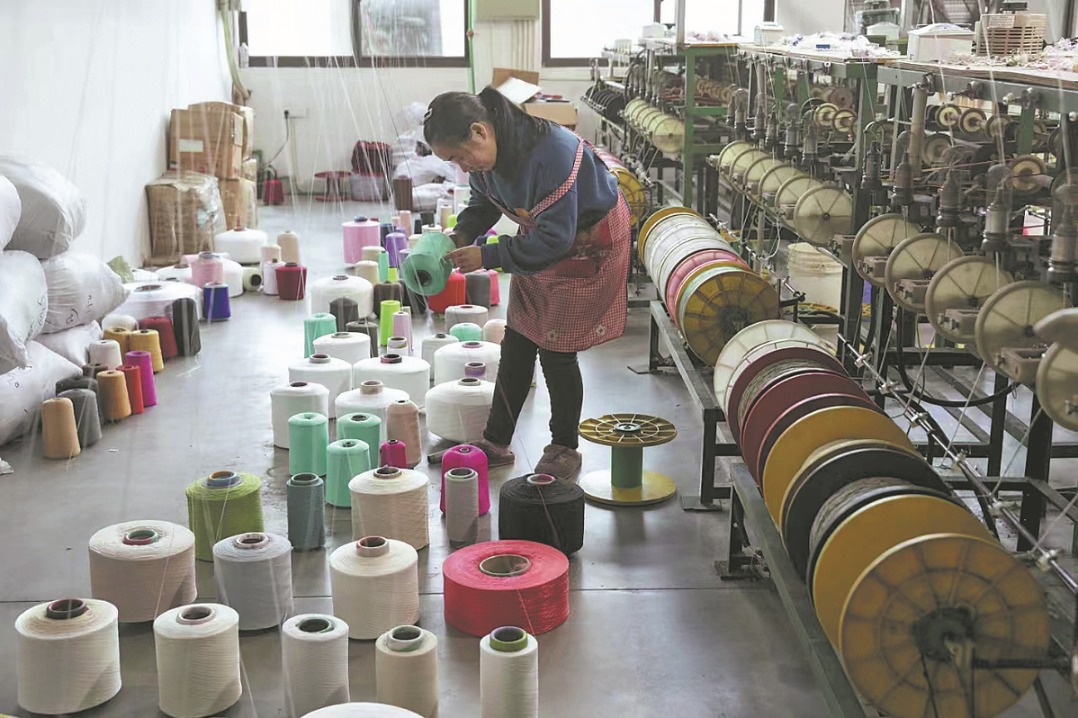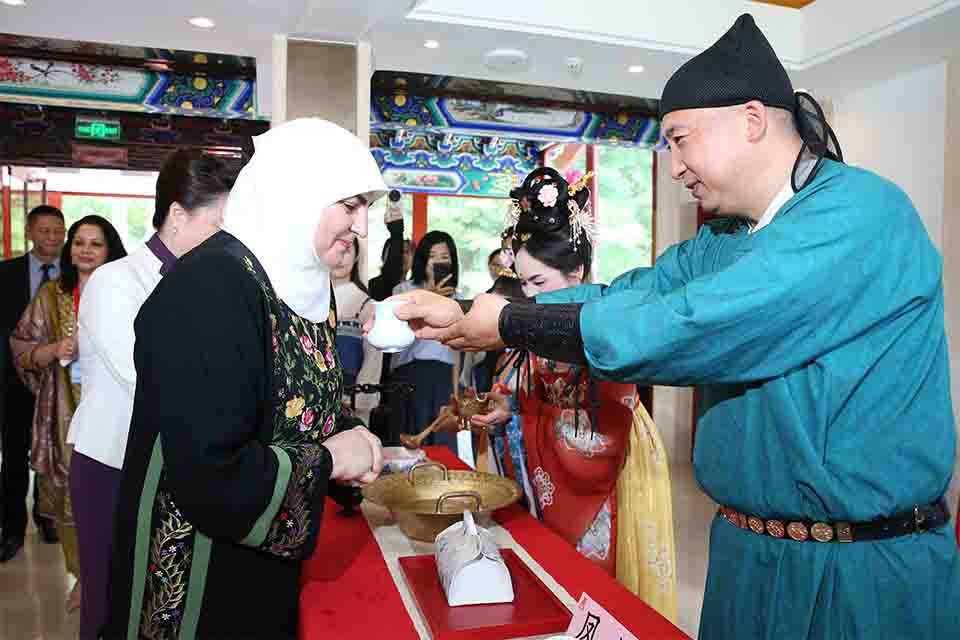Innovations help reduce dairy production costs

Scientific breakthroughs in China's dairy industry are improving raw milk consumption and lowering production costs, helping livestock farmers cope with falling milk prices while advancing sustainable development, experts said at a recent symposium in Beijing.
Liu Yaqing, secretary-general of the Dairy Association of China, said the global dairy industry faces both historic opportunities and mounting challenges, including tighter resource constraints, environmental pressures and increasing market volatility.
"In China, persistent low milk prices and declining farming profitability are straining the sector, which is further hindered by imbalanced supply and demand, weak coordination between farming and processing, and insufficient consumer market development," Liu said.
To achieve high-quality and sustainable growth, Liu called for driving innovation in dairy science and technology, with breakthroughs in breeding, intelligent farming and advanced processing.
"We should build a comprehensive traceability system from farm to table and enforce strict standards to ensure the safety and nutrition of every drop of milk," she said.
Wang Jiaqi, a researcher at the Chinese Academy of Agricultural Sciences' Institute of Animal Science, and chief scientist for milk quality and safety, highlighted the progress of the Excellent Milk Project, launched in 2013. The initiative has improved the nutritional value, safety standards and overall quality of domestically produced milk through advanced processing and stricter quality control.
The project also led to the development of China's first technical system for classifying raw milk by use, Wang said.
"It addresses the long-standing issue of mixing milk of different quality levels, which previously wasted high-quality milk and hindered fair pricing," he said.
Wang said 76 new standards now support seamless integration from premium farms to high-quality milk products. Despite low nationwide milk prices, demonstration enterprises such as Bright Dairy and Food have paid a premium of 0.15 yuan per kilogram for high-quality raw milk. This has increased annual income by 864 yuan ($119.70) per cow and helped rebalance profits between farmers and processors.
The project has also introduced green, low-carbon processing technologies. For instance, it reduced pasteurization temperatures from the traditional 105 C to 75 C, cutting processing costs by more than 15 percent, saving 48.55 yuan per ton of milk and reducing carbon dioxide emissions by 46.51 kg per ton, according to Wang.
Due to the impact of imports, China's milk self-sufficiency rate dropped for 10 consecutive years, falling from 94.1 percent in 2008 to 63.3 percent, posing a challenge to national milk security.
In recent years, the project pioneered a milk quality evaluation system based on active enzymes, active proteins and furosine. It established 27 standards and found that domestic milk, compared with imports, suffers less from quality degradation due to heat damage and long-distance transportation.
"High-quality milk comes from local sources, helping Chinese producers compete more effectively with imports and restore consumer confidence," Wang said.
The certification system has been approved for packaging by leading companies such as Junlebao Dairy Group and Haihe Dairy, and is now used by 79 companies across 29 provinces.
The lactoferrin content of domestic pasteurized milk has risen from 10.4 milligrams per liter in 2017 to 43 milligrams per liter in 2024 — eight times higher than that of imported milk.
More than 97 percent of China's pasteurized milk now meets high-quality standards, raising the country's milk self-sufficiency rate to more than 70 percent, Wang said.
Meanwhile, to reduce farming costs, researchers are optimizing forage structure and improving feed efficiency. With China heavily reliant on soybean imports, soybean meal substitution has become a national priority for food security. For cattle and sheep, urea is a key alternative protein source, but its rapid breakdown in the rumen has limited its effectiveness.
To address this, CAAS developed a green and efficient urease inhibitor from red clover extract. Tests showed the extract reduced rumen ammonia release by 37 percent, increased feed conversion by 10 percent and boosted milk production by 9 percent.
zhaoyimeng@chinadaily.com.cn




































